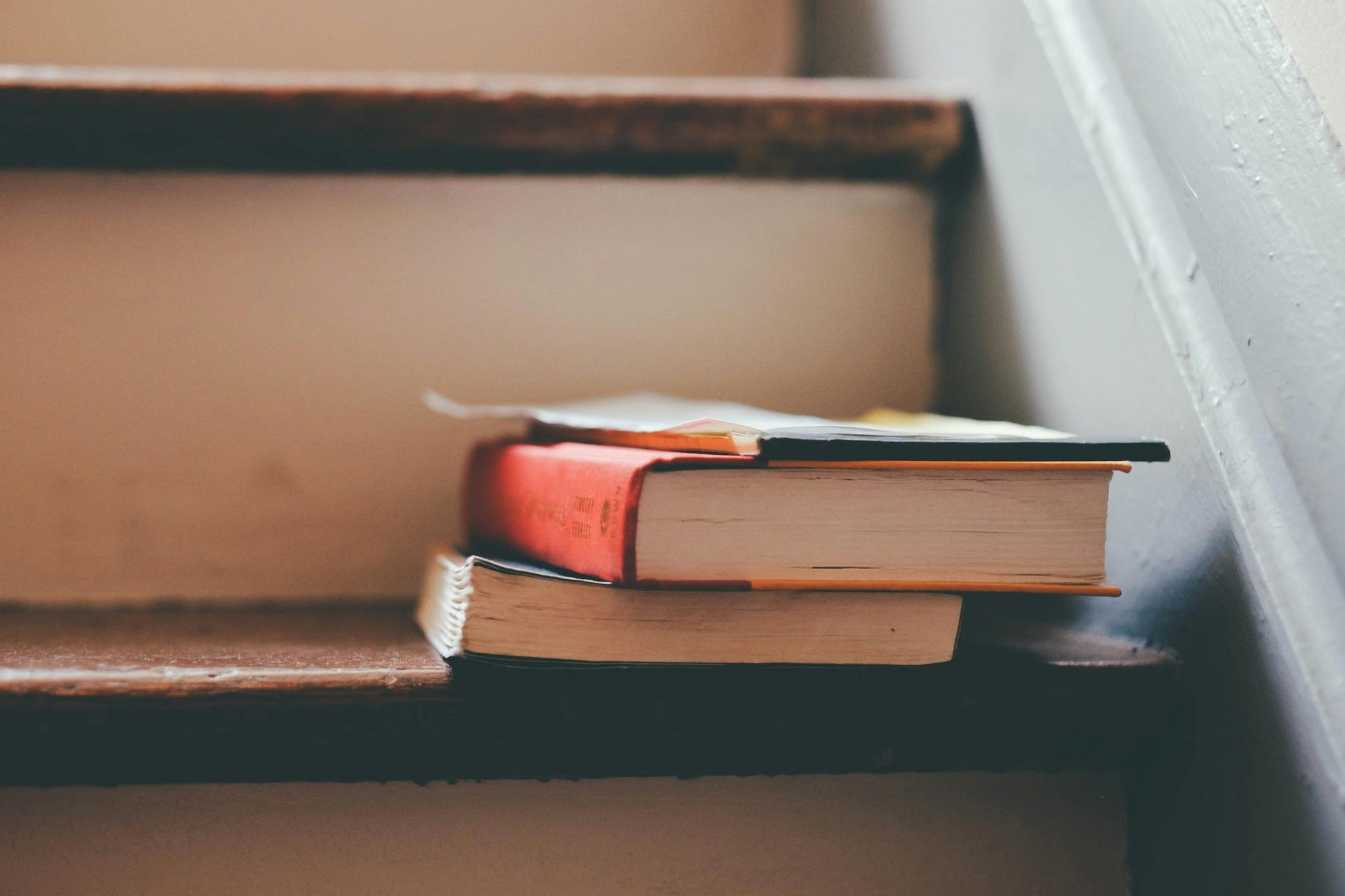Do you feel like you’re putting in hours of study time but not seeing the results you want? Do you read a chapter over and over again but still feel like you’re not getting it? If those scenarios sound familiar, it could be that you’re not reading in the most effective way.
Don’t feel hopeless! Our tutors have helped hundreds of students improve their reading scores on standardized tests and excel in reading-heavy AP courses by using this one strategy: being an active reader.
What is Active Reading?
Active reading involves connecting with the text to make meaning of it, rather than just passively reading. There are many ways to be a more active reader, but we recommend taking notes, asking yourself questions as you read, making margin notes, and annotating as you go. It’s important to do these tasks while reading at a pace that allows for understanding, without rushing or getting distracted by multitasking.
Taking the time to learn a few simple strategies can help turn you into a lifelong active reader. Reading teachers know that to help students absorb content and make meaning of the text, they need to do activities with their students before reading, during reading, and after reading. Take a page from their book and adopt this advice when you pick up a textbook and see if it helps you retain more. If done correctly, we can promise it will!
Pre-Reading
Before you start reading a chapter, it’s a good idea to take a few minutes to preview the content. Start by looking at the title, headings, and subheadings to get an idea of the main points. Don’t forget to pay attention to picture captions, charts, or graphs, because they provide additional information that might help you better understand the text.
Take some time to consider what you already know about the subject and think about anything your teacher may have mentioned when assigning the chapter. This preview can help you access your prior knowledge and mentally prepare for the new information you’re about to read. Think of your mind as a filing cabinet. You want to know which file you’re opening to store this new information, and chances are you’ve learned about some topics that connect to what you’re about to read. It can be easier to remember new information if it connects to something you already know.
During Reading
When reading, engage actively with the text. Good readers naturally take notes, underline key details or main ideas, and identify what they think are the key points or details. They take margin notes – perhaps a brief summary of what a paragraph says, a connection they make, or a question. Active engagement with the text increases the likelihood of absorbing and making meaning of the material.
It’s important to avoid extremes though. A page full of highlighting with no clear distinctions will not be helpful. Likewise, a page with no annotations at all could mean that you zoned out while reading or it might mean there was nothing of note. Finding a balance is the key to remembering the most important information.
It’s also effective to take physical notes in a notebook. The act of writing helps the information sink in. When taking notes, focusing on the who, what, where, and when is helpful in identifying key information. Try to answer each question before moving on. If you’re wondering what to underline, use the headings and subheadings as a guide. Turn them into questions, and make sure that you underline relevant parts of the paragraphs that would answer the question.
If you’re tackling multiple reading-dense classes, consider partnering with a study buddy to take turns annotating each chapter to lessen the load. Some students will share a google doc with a partner where they alternate taking chapter notes. Of course, if you do this, you should still read the chapter for yourself.
Finally, when you encounter challenging passages, slow down and read them attentively. Don’t hesitate to stop and reread unclear parts. Consider reading only a section at a time and reading aloud to enhance your understanding.
After Reading
After reading, return to the title, headings, and subheadings that you turned into questions, and make sure you can answer those questions. For example: “Causes of the American Revolution”, can be turned into the question (then answered!): “What are the causes of the American Revolution?” You know you’ve grasped the main idea of the section if you can answer the questions you created. These answers can also be the basis of notes you take. Try to summarize the content in your own words.
Review your highlighted sections, annotations, and notes. If anything is unclear or unanswered, go back and read those sections again.
Conclusion
In the end, becoming a better reader is something that you’ll have to work at if you hope to improve, but it’s a skill that you’ll be able to use for the rest of your life.
Try out these reading strategies or contact Marks Education for more information about our tutoring!

